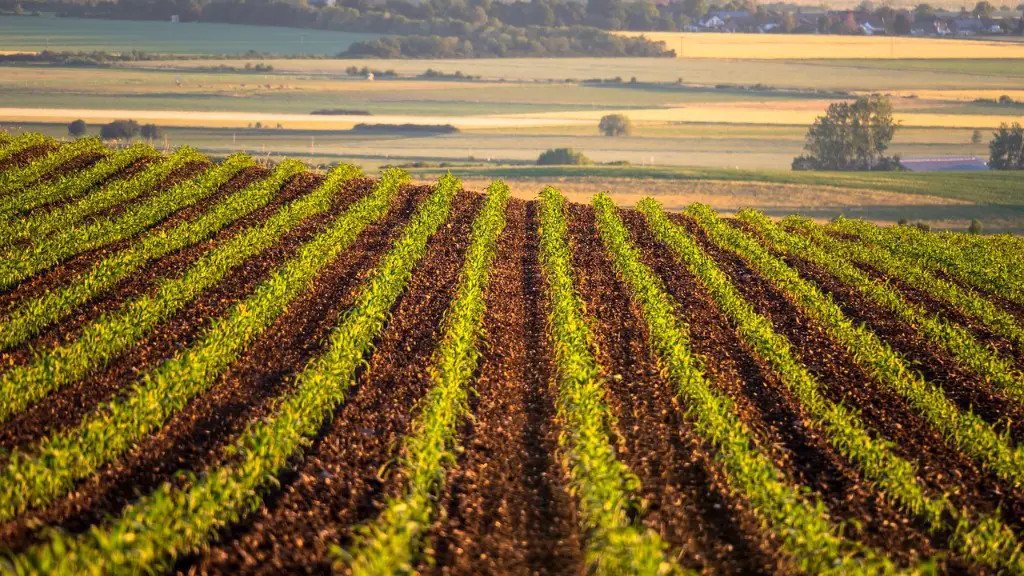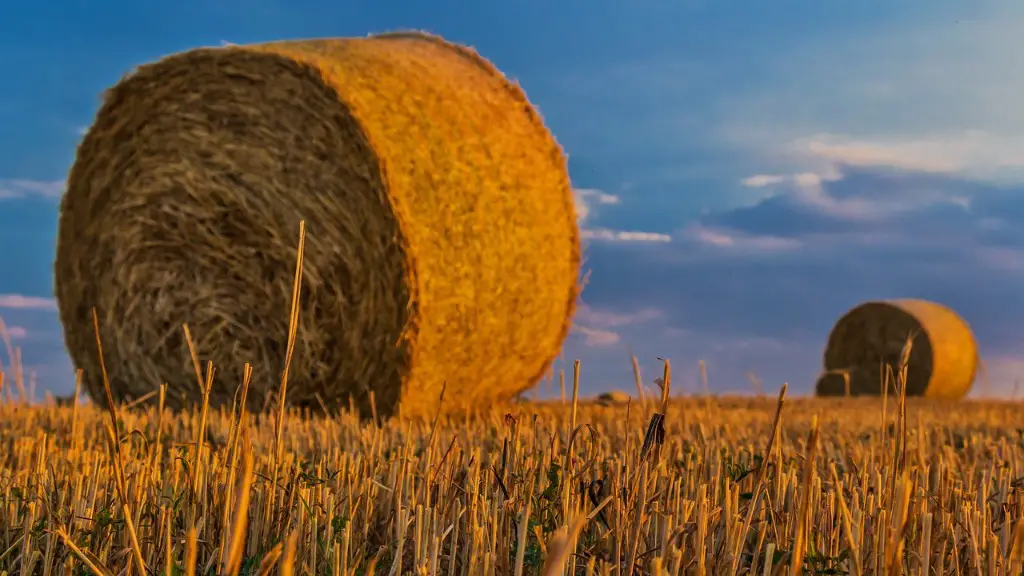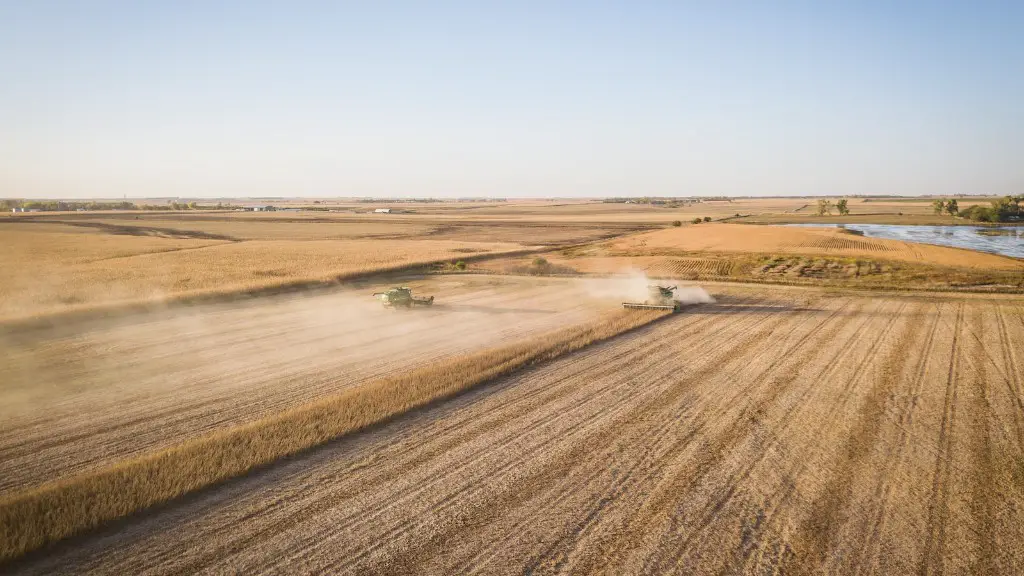Ever since the Earth began to experience unprecedented global climate change, India has felt the implications of severe droughts and floods. Growing evidence points to a marked shift in the weather pattern of India, affecting agriculture, its main source of income. Here we examine the different facets of Climate Change and the impact it has had on India’s Agriculture.
India is prone to multiple disasters such as floods, droughts and heat waves due to its variety of ecosystems, with the climate playing a huge role in its agricultural production. This has caused extreme variations in food supply, reflected in India’s reliance on imports from other countries to meet its food demands. In particular, the changing monsoons have a direct correlation to the success of Indian farmers as the rain is needed for crops to grow. Recent studies suggest that the rise in global temperatures has significantly amplified the intensity of India’s monsoon seasons, leading to devastating floods and droughts that have scorched India’s crops.
Lack of water supply is another key factor in farming success. Climate change has caused an uneven distribution of water across India, coupled with the potential of decreased reservoir and aquifer levels. This affects the availability of water to farmers, forcing them to use water inefficiently to water their crops. This is further exacerbated by extreme heat, causing wastage of valuable water used in agriculture. As a result, access to water can become scarce and expensive in certain regions, potentially leading to poorer crop yields.
In addition to direct impacts of climate change on water availability, changes in the timing of monsoons, extreme weather events, soil composition and salinity can adversely affect the agricultural production of local communities. Such huge implications of climate change can lead to food insecurity, reduced incomes and social instability amongst farmers. India’s experience with climate change has led to a decrease in soil fertility, as a result of rising temperature and changing rainfall patterns. Warmer temperatures also mean that a larger number of crops are affected by pests, leading farmers to use more pesticides resulting in higher costs to produce food.
India has implemented various efforts to ensure that the impact of climate change on Indian agriculture can be reduced. These include the National Agriculture Adaptation Fund (NAAF) – a fund set up to assist state governments in quickly adapting to climate change and its effects on agricultural production. Additional government initiatives such as the National Perspective Plan, National Soil Health Management Scheme and Paramparagat Krishi Vikas Yojana all focus on directly addressing the issue of climate change and its effect on Indian agriculture.
Impact on Crop Yields
Climate change has had a drastic effect on the crop yields of India, due to various factors such as the creeping desertification of India’s arable land, increased frequency of natural disasters and rising temperatures. This is further exacerbated by the inability of traditional agricultural methods to keep up with modern agricultural needs, as necessary farming infrastructure is not always up to date or available. As a result, crop yields are often lower than average and this can have devastating consequences for subsistence farmers, already vulnerable to poverty, who are solely dependent on their crop yields.
The changing climate has led to a rise in temperatures, which in turn results in faster crop development, shorter growing seasons and limited yield from some crops. With extreme weather conditions on the rise, prolonged droughts or sudden flooding can damage soil and lead to the destruction of crops. Moreover, temperatures rise too high for the growth of some normally cold-tolerant crops, resulting in crop losses and losses of future yields throughout the country. The changing seasonality and intensity of rainfall, due to climate change, often mean uneven and incorrect rains, leading to reduced crop production, lower crop yields and poorer quality of crops.
Climate change has thus made agriculture in India a risky business, with an uncertain and unpredictable outcome. The increasing rate of extreme weather events and the looming water crisis due to diminishing supplies all point to a bleak future for the agricultural sector. As such, India has inadequate infrastructure and policies in place to effectively address this issue, making it even more challenging to manage the effects of climate change on Indian agriculture.
Impact of Heatwaves
Heatwaves, a consequence of climate change, pose a major threat to the agricultural sector in India. Heatwaves are characterized by extremely hot temperatures that can last for days or weeks and have the ability to stress and even kill plants. Emerging research on the effect of heatwaves on agriculture has highlighted the risks to Indian farmers, with various studies concluding that heatwaves can reduce crop yields significantly by decreasing the photosynthetic rate of the crop and leading to premature leaf shedding. This results in a decrease in crop yields, leading to major financial losses for farmers in India.
The combination of heatwaves and drought has forced farmers to use more water than necessary for irrigation, leading to greater water wastage and reduced crop yields. Moreover, the rise in temperatures can lead to increased evaporation of water, resulting in the depletion of aquifers and groundwater levels – an issue of great concern in India. In addition, the increasing ambient temperature weakens the protective anti-pathogen properties of plants making them more vulnerable to pests and diseases, leading to lower crop yields and higher input costs to manage the pests.
In recent years, extreme heatwaves in India have led to some of the highest temperatures on record. This scorching heat has further exacerbated the effects of climate change on agriculture in India, in the form of crop diseases, infestations and reduced yields. India is lagging behind in preparing for these climate-related events and understanding their causes and consequences. Research therefore needs to be conducted in order to gain a better understanding of how heatwaves affect agriculture, and the implications of this on farmers in India.
Lack Of Resources
Resources play a vital role in agricultural production in India. Climate change has drastically altered the availability and distribution of key resources such as water, soil and land in India, leading to a decrease in food security and increasing costs of production. Research indicates that due to climate change, water availability has become limited, with rivers, streams and reservoirs drying up. This has had an effect on soil fertility, as water is needed for the germination of plants and for crop yield. As a result, farmers in India are increasingly facing water scarcity, leading to reduced crop yields due to the lack of water for irrigation.
In addition to water scarcity, the availability of land has also diminished – due to increased population and land degradation, often caused by the rise in temperatures. This means that there is less land available for the production of food, leading to a decrease in crop yields. Soil erosion can be an issue as a result of intense weather conditions such as floods, with heavy rains washing away soil layers and vital nutrients, decreasing the fertility of the land. The prevalence of these issues has made it increasingly difficult for farmers in India to produce food, leading to a decrease in food supply.
Climate Change has caused an increased demand for resources, yet India lacks the required knowledge and resources to combat the issue. This implies that the demand for resources can outweigh their supply, making it difficult for farmers to produce food. Furthermore, climate change has caused extreme fluctuations in the market, making it difficult for farmers to plan in advance and uncertain for them to predict future prices. This has a detrimental effect on their income, as farmers are unlikely to reap the full rewards of a successful harvest when the market is volatile.
Economic Impact
The economic impact of climate change on Indian agriculture has been devastating, with farmers losing an estimated $1.2 billion dollars in 2015 due to the extreme weather conditions. This, coupled with the scarcity of natural resources such as land, water and soil, has led to a decrease in the income of farmers and subsequent poverty. The impact of climate change on agriculture has meant that more and more farmers are struggling to make ends meet, often resulting in some being left with no option but to sell their lands.
Additionally, the increased temperatures have made it hard to predict what crops can be planted, with some farmers having to invest in new crops that can survive in harsher climates. This presents an additional financial cost to the farmers, as they are required to adjust their land and farming techniques due to the changing climate. The potential reduction in food supply due to the changing climate makes it more difficult for farmers to sell at higher prices, leading to smaller profits and possible difficulties in repaying loans.
These economic hardships are compounded by a lack of support from the government in terms of financial assistance to farmers in need. The government offers minimal assistance as it struggles to provide adequate resources to meet the demands of the agricultural sector. This lack of financial support has meant that farmers in India have had to find alternative means of income, taking on additional jobs to make ends meet, with the agricultural sector suffering a severe downturn as a result.
Environmental Impact
The environmental impacts of climate change have been felt severely in India, with the main issue being air pollution. India’s air quality is deteriorating, with the levels of fine particulate matter (PM2.5) being particularly of concern. Climate change has contributed to this situation through the burning of fossil fuels, leading to an increase in carbon emissions in India. This has had a direct effect on the health of local citizens and led to an increase in the prevalence of respiratory illnesses.
The increased temperatures and changing rain patterns caused by climate change have also led to India’s deteriorating soil quality. Rising temperatures reduce the organic content of soil, causing the soil to become compacted and compacted soils are known to have a significantly lower capacity for water retention. Furthermore, unpredictable weather events cause soil erosion, leading to the loss of essential soil particles and nutrients, making the soil unable to support successful crop growth.
Finally, climate change has had a huge impact on biodiversity in India, leading to an increase in certain species and the extinction of others. This impacts the local food systems, which are reliant on the diversity of species to survive and has made it increasingly difficult for farmers to produce food. This, combined with the aforementioned water crisis and soil degradation, has had a detrimental effect on food production in India.





